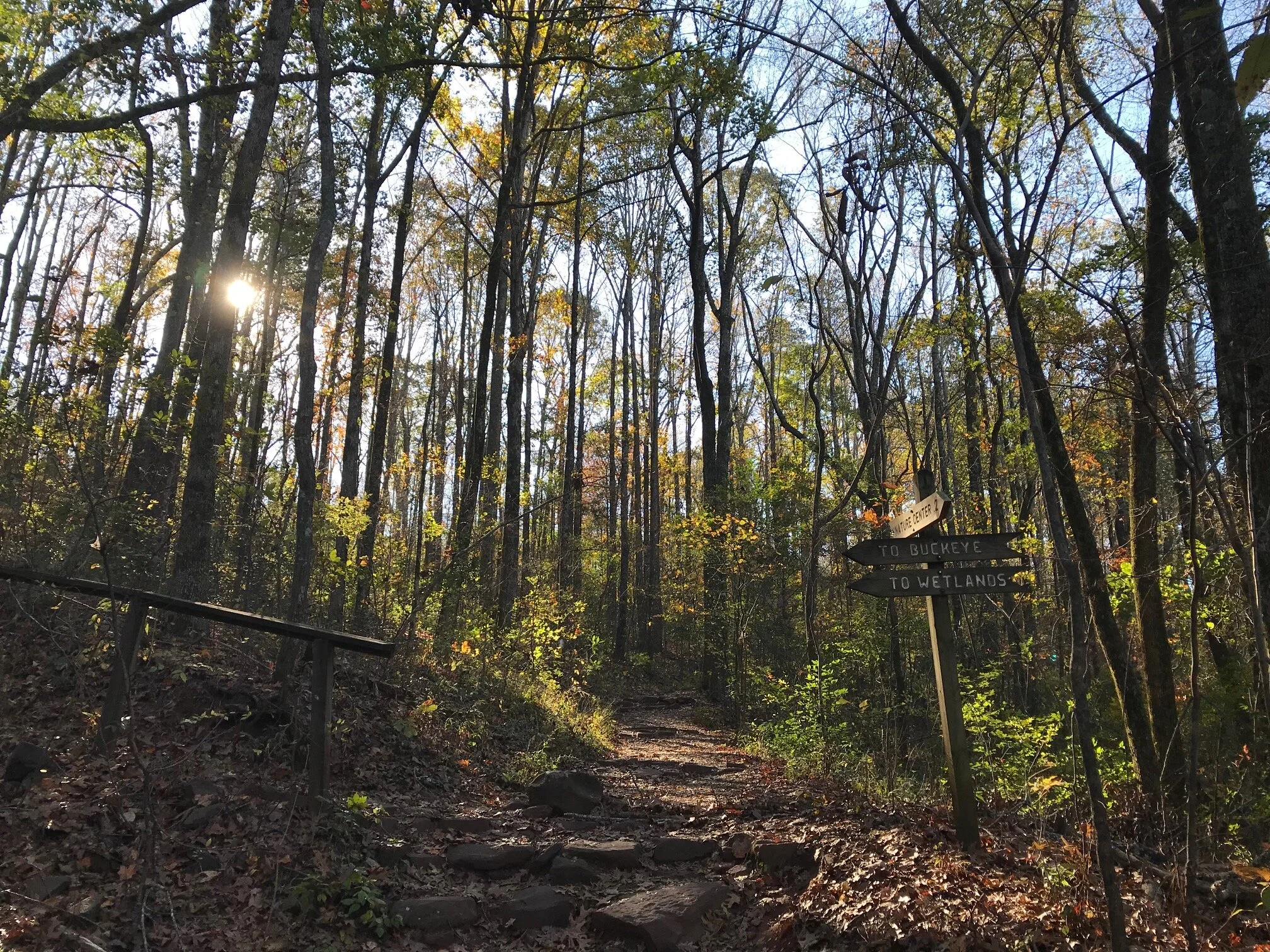Why did the turkey cross the road?
To prove it wasn’t chicken.
All jokes aside, did you know that the Eastern wild turkey (Meleagris gallopavo silvestris) was once on the brink of extinction due to commercial harvesting and habitat destruction?
Fortunately, the native wild turkey bounced back with an estimated over 500,000 in the state of Alabama thanks to improved habitat restoration, conservation, and species management. On Ruffner Mountain, you can find them near the northeast side, frequenting the pipeline trail and surrounding area. They typically feed at dawn and dusk, foraging for acorns, insects, seeds, roots and tubers, and berries. Their diet depends on the habitat and the time of year, so as opportunistic omnivores, they aren’t picky!
Using their strong daytime eyesight, an acute sense of hearing, and camouflage feathers (over 5,000 of them), these diurnal birds are always on alert for predators. Snakes, bobcats, raccoons, and foxes may consume wild turkey adults, young, or eggs. At night, they roost up in the trees to avoid most predators. From summer to fall, a flock will shift between an open field, brood-rearing habitat to a more forested, protected habitat. While spring is reserved for breeding, fall behavior usually entails establishing a pecking order within the flock.
Next time you’re on the trails, pause and take a minute to notice and wonder what other wildlife calls Ruffner Mountain “home.”
Additional Resource: The Wild Turkey in Alabama, Alabama Department of
Conservation and Natural Resources.
Photo by Rick Remy - wild turkey next to Ruffner Mountain on Ruffner Road









